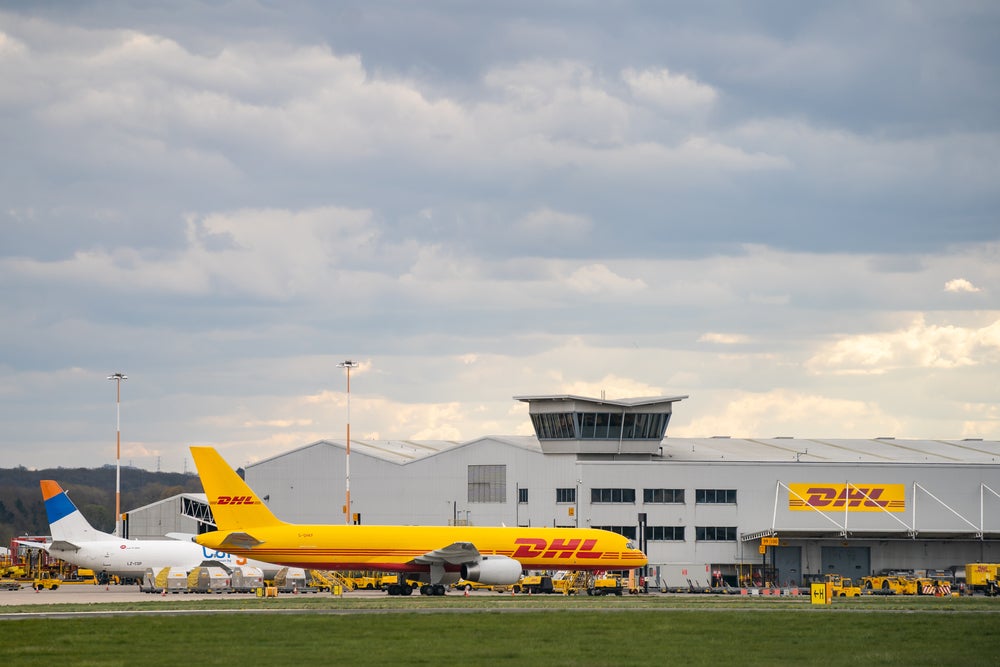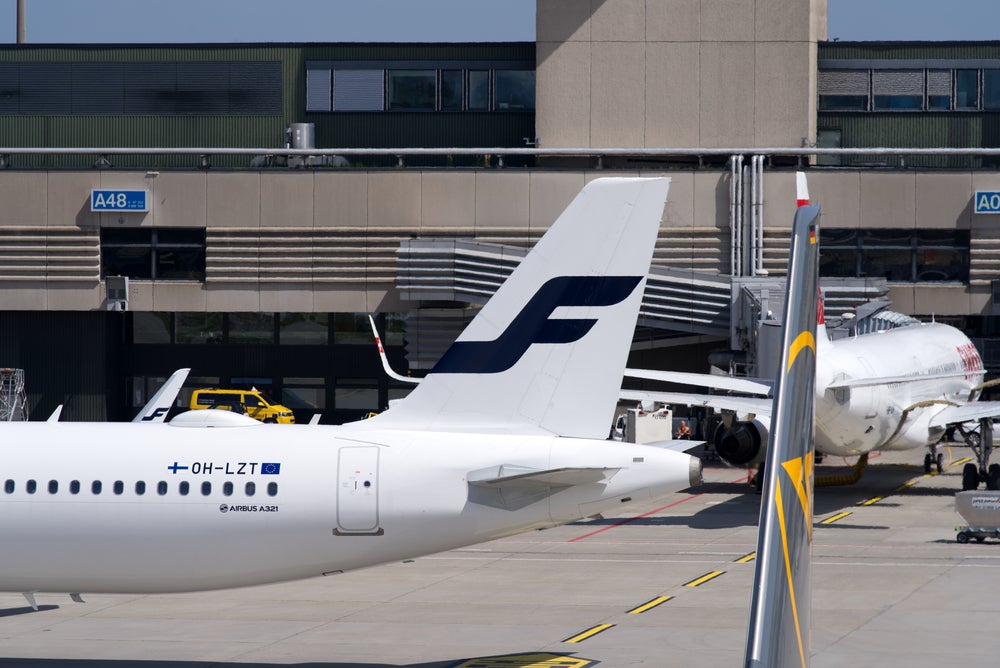
Following the highly publicised emergency landing of United Flight 1549 on the Hudson River in 2009, the Federal Aviation Administration (FAA) released statistics indicating that the number of bird strikes reported in the US quadrupled between 1990 and 2007, rising from 1,738 to 7,439. These strikes caused 3,094 precautionary landings, 1,422 aborted take offs and 312 engine shutdowns.
In the UK, a similar trend has been noticed. Since the Civil Aviation Authority (CAA) mandated bird strike reporting in 2004, there has been a significant increase in the total number of reported bird strikes.
But for Andy Baxter, leader of the bird strike avoidance team at the UK-based Food and Environment Research Agency (FERA), it’s a ‘misnomer’ that bird strikes have simply been increasing in frequency.
“There’s no problem with increasing numbers, it’s the species being struck that is the issue,” he says. “If you’re getting large flocking birds being hit, that’s far more problematic.” In North America the number of large birds – including cormorants, bald eagles and Canada geese – has increased, with conservation and urbanisation cited as the two main factors contributing to the rise in bird strikes. When it comes to urbanisation, Baxter cites Canada geese in the UK as an example. “Their numbers are growing in urban parklands,” he explains. “It’s an area of caution where bird strikes and aspects of risk management should be looked at.”
Information is key
In 2004 bird strike reporting was made mandatory in the UK. However, CAA data shows that 40% of reported bird strikes contain no bird species information.
How well do you really know your competitors?
Access the most comprehensive Company Profiles on the market, powered by GlobalData. Save hours of research. Gain competitive edge.

Thank you!
Your download email will arrive shortly
Not ready to buy yet? Download a free sample
We are confident about the unique quality of our Company Profiles. However, we want you to make the most beneficial decision for your business, so we offer a free sample that you can download by submitting the below form
By GlobalDataIn May 2010, the organisation launched a campaign for those who report bird strikes to the CAA, encouraging them to identify the bird species involved in a strike. Increasing the knowledge base of such events will allow airport operators to assess and mitigate this risk.
Baxter claims progress has been made in assessing the risk from bird strikes.
“A dead bird on the airfield can be identified,” he says. “But a few feather remains require specialist expertise like microscopic feather analysis. Additionally, identifying which species are on your airfield is about ensuring the airport operators and the personnel are able to identify different species.”
Unwelcome home
The UK’s CAA acknowledges the importance of bird identification to help airfield personnel put together a habitat management programme and implement dispersal techniques. But Baxter believes the ideal solution for making airports’ habitats as unattractive as possible for birds is monoculture grass of 150-200mm.
“You don’t want birds to feel secure on an airfield,” he says. “Swampy and rutted areas must be avoided, and there should be no food resources in the grass. Hangars must also be made as unattractive as possible.”
Beyond that, it’s a bird deterrent exercise, which involves airport staff driving around using pyrotechnics, distress calls and shooting if necessary. “It’s about people putting more effort in than the birds; that’s the real answer,” Baxter emphasises.
Once an airport has the bird management basics, Baxter has no objections to operators using the latest technology. “It’s far better to secure the basics – habitat, bird control training and equipment – before introducing new-fangled technology,” he says.
See it coming
Prediction technology has the most potential. “Airports need to calculate where the birds are and where they’re coming from,” Baxter explains. “Predicting when they’re going to come is next.”
There are several options, but bird detection radars are perhaps the most valuable. FERA owns and operates the only two mobile bird detecting radars for civilian use in the UK, which detects and records moving targets, and operates continuously over a period of days, weeks or months. “In certain circumstances they’re excellent, but in others they’re not as suitable,” Baxter acknowledges. “It’s for airports to decide.”
Detection technologies can be expensive, but compared with the cost of a catastrophic incident, they are practical. “The Hudson River is the example that gets quoted,” Baxter notes. “But if you don’t have big birds around, you have less need for radar detection technology.”
Looking at the possibility of further bird strike legislation, Baxter is cautious. “The key is a better understanding of the drivers,” he says. “We know a lot, but we can learn more about the use of detection technologies in preventing future bird strike risk.
“When a pilot waits to take off and sees birds on the airport, how likely is it that those birds will fly up into the aircraft?” Baxter asks, emphasising how a predictive mechanism would be useful in knowing when to stop a flight.
Development is necessary, but the UK is doing well in the bird management arena. “Britain’s airports have good systems for habitat management and deterring the remaining birds,” Baxter notes. “The CAA drives action forward and the airports are very good at implementing regulations.”
However, improvement is needed on the world stage. FERA has worked internationally for many years and Baxter claims many nations do not have the required expertise or funds. Moreover, the techniques used in the UK and North America are not practicable in regions such as the Middle East.
“It’s about understanding which habitats are not good for wildlife in such areas and recommending these,” Baxter concludes. “We might see something being used for a particular species in a different country that’s beneficial here, and vice versa. We can take the best practices done here in the UK and give advice to airports around the world.”







